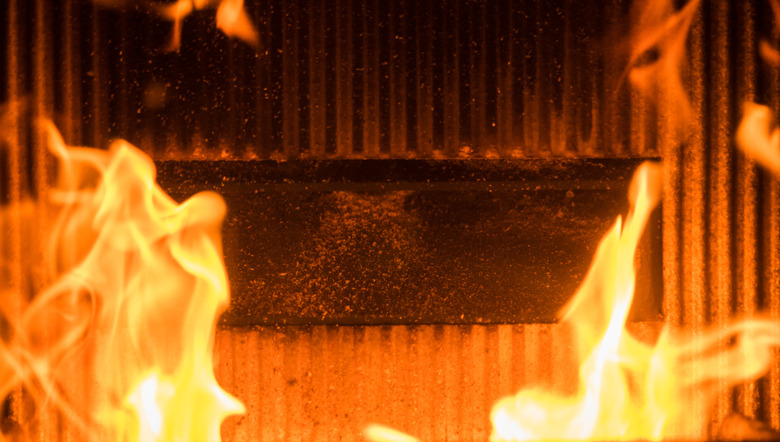The Advantages Of A Solid Waste Incinerator
Solid waste incinerators are used to combust organic substances contained in waste. Incineration converts solid waste into ash, flue gas and heat. Incineration is the main alternative to landfills, which hold solid waste in a contained area. Modern solid waste incinerators separate most dangerous gases and particulates from the flue gas produced during incineration.
Reduces Volume of Solid Waste
Reduces Volume of Solid Waste
Incinerators reduce waste volume by approximately 95 percent and reduce the solid mass of the original waste by 80 percent to 85 percent. (The exact percentage depends on the constituent materials of the solid waste). Therefore, while incineration does not eliminate the need for dumping ground completely, it certainly reduces the amount of land needed. For small countries, this is significant as landfills take up large amounts of space that could be used more productively.
Power and Heat Generation
Power and Heat Generation
As energy costs went up in the 1950s, numerous countries sought to incorporate the energy and heat generated from garbage incinerators for the production of electricity through steam turbines. Furthermore, Europe and Japan have incorporated incinerators into urban central heating systems. Sweden, for instance, produces 8 percent of its heating needs from 50 percent of the waste incinerated.
Reduces Pollution
Reduces Pollution
Studies have shown that solid waste incinerators produce less pollution than landfills. One study in particular, conducted during a 1994 lawsuit in the United States, showed that a waste incinerator site was more environmentally friendly than an equivalent landfill. (Both were 1,500-ton-per-day facilities.) The study found that the landfill released higher amounts of greenhouse gases, hydrocarbons, nonmethane organic compounds, hazardous air pollutants, nitrogen oxides and dioxin than an incinerator. Landfills further leach dangerous chemical into the underlying groundwater, which can contaminate underground water systems.
Filters Trap Pollutants
Filters Trap Pollutants
A major concern associated with incinerating solid waste was the release of dangerous compounds, dioxin in particular. Nevertheless, modern incineration plants use filters to trap dangerous gases and particulate matter like dioxin. The release of dioxin by most modern incineration plants is well within the recommended limits prescribed by the Environmental Protection Agency and international protocols.
Cite This Article
MLA
Kwak, Patrick Stothers. "The Advantages Of A Solid Waste Incinerator" sciencing.com, https://www.sciencing.com/advantages-solid-waste-incinerator-8367212/. 13 March 2018.
APA
Kwak, Patrick Stothers. (2018, March 13). The Advantages Of A Solid Waste Incinerator. sciencing.com. Retrieved from https://www.sciencing.com/advantages-solid-waste-incinerator-8367212/
Chicago
Kwak, Patrick Stothers. The Advantages Of A Solid Waste Incinerator last modified March 24, 2022. https://www.sciencing.com/advantages-solid-waste-incinerator-8367212/
